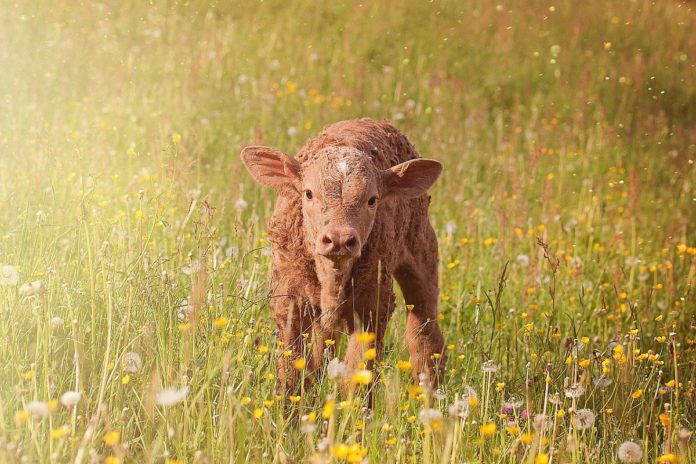Good record-keeping at service helps identify cows coming close to calving, writes CAFRE’s Nigel Gould.
The average gestation length for most suckler breeds ranges from 283 to 286 days. Individual dams and sires can result in this figure being considerably lower or higher.
Monitor progress of cows at calving. Calving usually takes place two hours after the appearance of the water-bag for mature cows and three hours for heifers.
Intervene if calving hasn’t happened within this time period. Check the calf is positioned correctly, two front feet with the nose above them.
Use a calving jack as an aid only, jacking in conjunction with the cow’s natural contractions. Take extreme care to avoid permanent damage to the cow or calf. Use plenty of lubricant.
If you are inexperienced or unsure, get veterinary assistance.
Post-calving
If the calf shows little signs of life at birth, use a piece of straw to irritate the nostrils to stimulate the respiratory system.
Pouring cold water on the ears may also help. Hanging a calf over a gate from its back legs can help remove excess fluid from the airways. However, if this is done for more than approximately 20 seconds, it can increase pressure on the lungs as the other organs are pushed down on them.
Put the calf in the recovery position, sitting up. A difficult calving can result in the calf being unable to suckle by itself. If this is the case, ideally milk the cow and feed the calf with a stomach tube.
Target colostrum intake as soon as possible after birth, with 10% of calf live weight recommended within the first six hours.
Calves from difficult calvings are often larger than average. For a calf weighing over 60 kg, target colostrum intake will be more than six litres within the first six hours.





